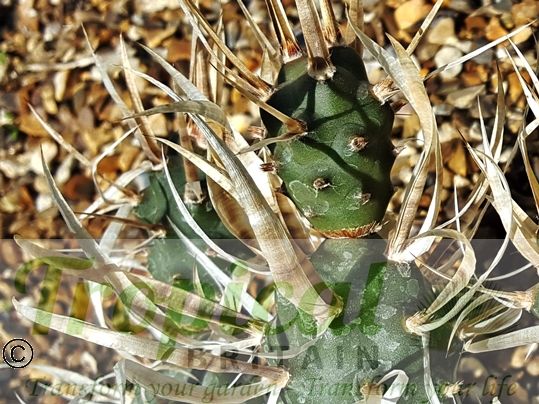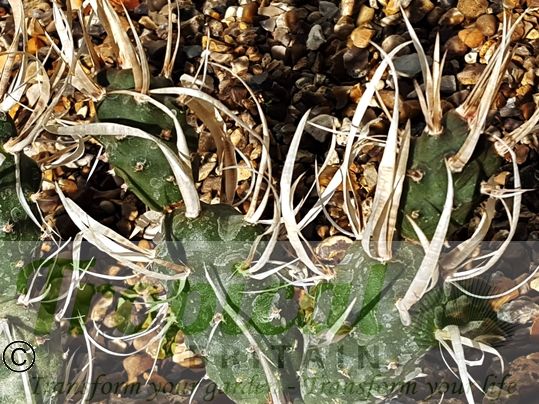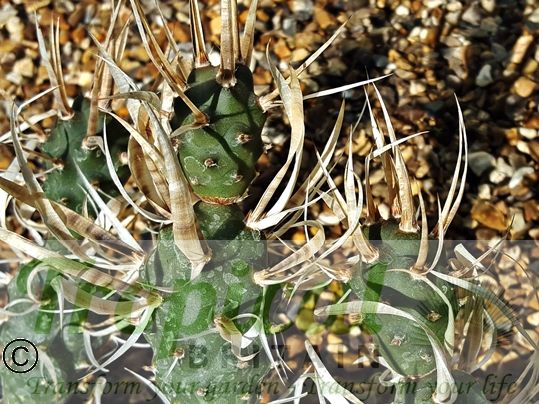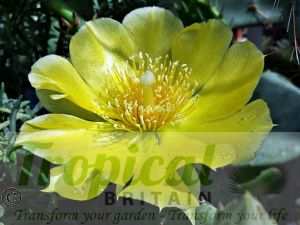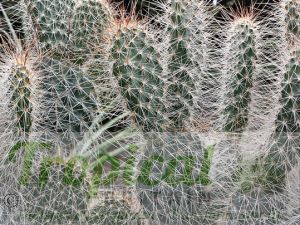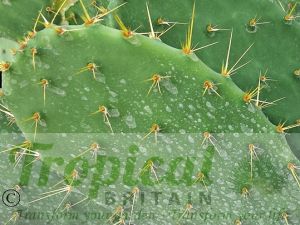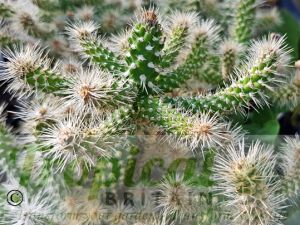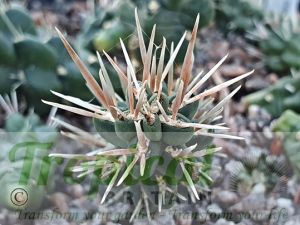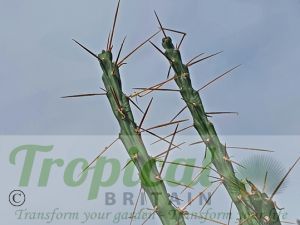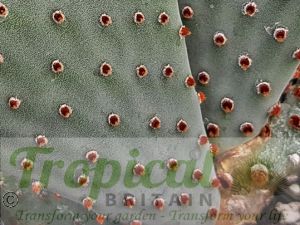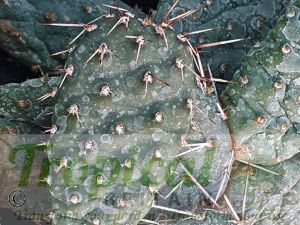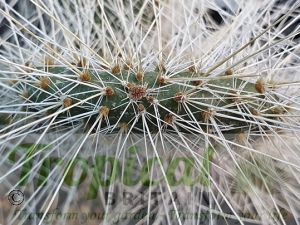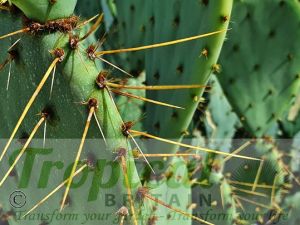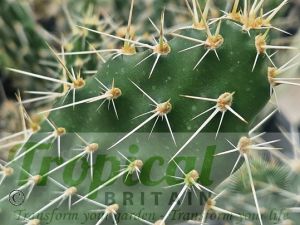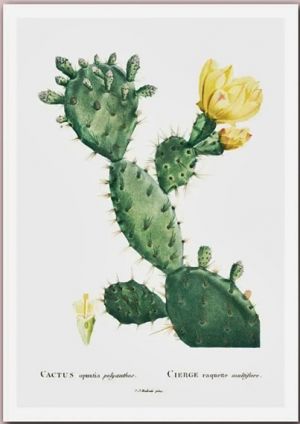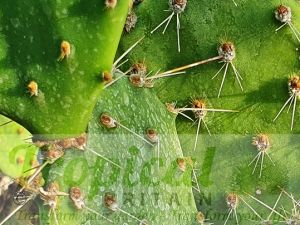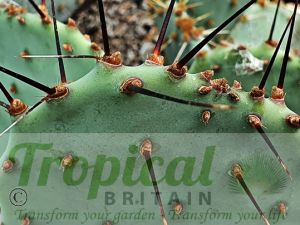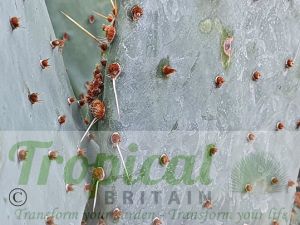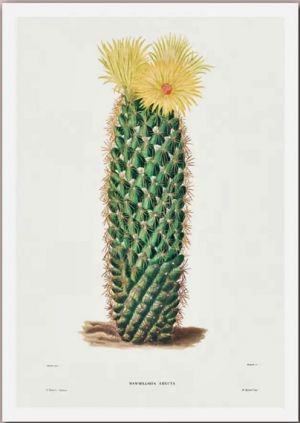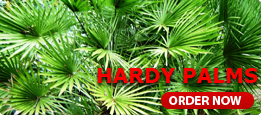Tephrocactus articulatus is endemic to Argentina where it grows in very dry, arid terrain. It is a curious Opuntiad with cylindrical cladodes and long flattened papery spines. Although the spines are harmless it also has a barbed glochids so should always be handled with care. The segments easily detach and new plants can be struck as cuttings from each segment. It has a white flower with yellow anthers.
Tephrocactus articulatus is taxonomically classified as Opuntia articulata. For most cacti afficinados that is a taxonomic classification too far.
Hardy to about -8C if given excellent drainage, it needs to be kept dry throughout the winter and benefits from a rain shelter. Segments will often rot at their base but then surprise you in late Spring by re-rooting. It also makes a great indoor plant and is ideal on a window-sill.
Additional Information
| Order | Caryophyllales |
|---|---|
| Family | Cactaceae |
| Sub-Family | Opuntioideae |
| Synonyms | Cereus articulatus, Opuntia articulata, Opuntia andicola, Tephrocactus andicolus, Opuntia diademata, Tephrocactus diadematus, Opuntia turpinii, Tephrocactus turpinii, Opuntia papyracantha, Opuntia glomerata, Tephrocactus glomeratus, Opuntia strobiliformis, Tephrocactus strobiliformis |
| Geographical Origin | Argentina: Cordoba, Mendoza, Salta, San Luis |
| Cultivation | Full sun. Free-draining gritty sandy soil. Keep dry, water infrequently |
| Eventual Height | 40cm |
| Eventual Spread | 20cm |
| Hardiness | Hardy to around -8C if given free-draining gritty substrate and kept dry. A rain-shelter and fleece are sensible precautions in the UK. Otherwise, best indoors |

Free DELIVERY
ON ALL ORDERS OVER £99THIS OFFER IS VALID ON ALL OUR STORE ITEMS.

